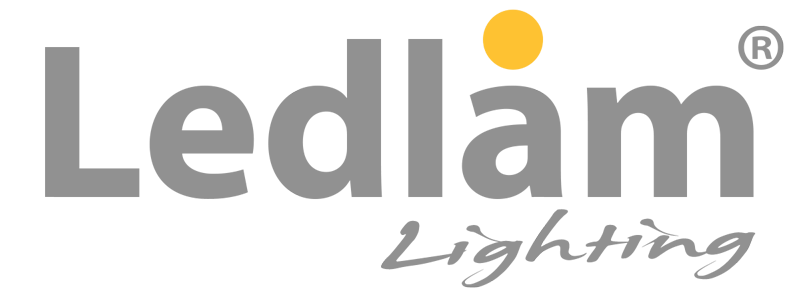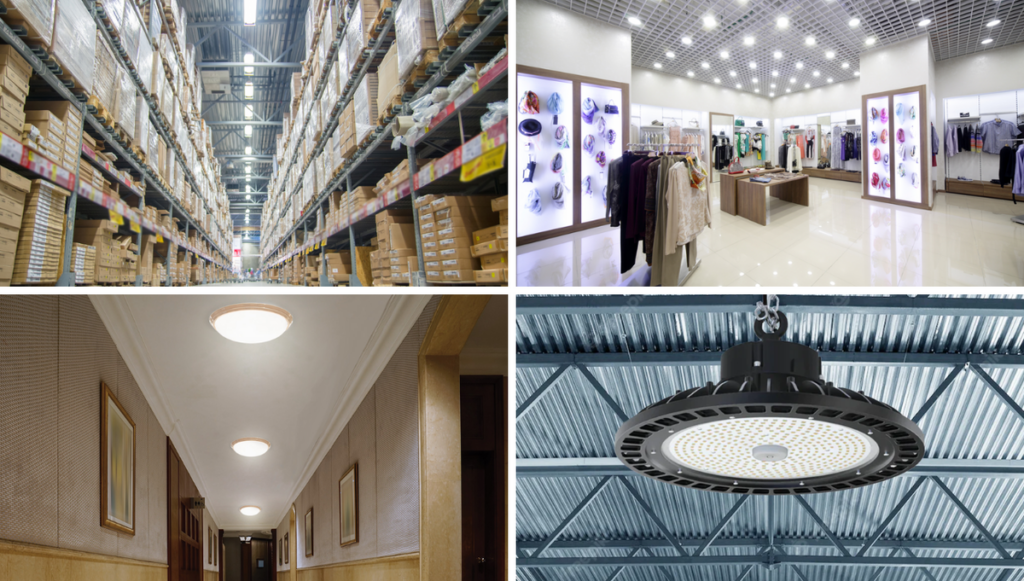Introduction
Ever walked right into a room and felt it was too dim or overwhelmingly brilliant? Correct lighting could make or break the ambiance and performance of a business house. Whether or not it’s an workplace, retail retailer, or warehouse, understanding what number of lumens per sq. foot are wanted is essential for creating an efficient and nice setting. Let’s dive into the world of lumens and the way they affect Industrial Lighting.
Understanding Lumens
Definition of Lumens
First issues first, what precisely are lumens? Merely put, lumens measure the overall quantity of seen gentle emitted by a supply. Not like watts, which point out power consumption, lumens inform us how brilliant a light-weight supply will likely be.
Lumens vs. Watts: What is the Distinction?
Historically, we’ve used watts to gauge the brightness of a bulb. Nevertheless, with the arrival of energy-efficient lighting like LEDs, watts have change into much less related. Lumens are actually the go-to metric as a result of they supply a direct measure of sunshine output.
Components Influencing Lumen Necessities
Goal of the Area
Completely different areas have totally different lighting wants. An workplace requires a unique stage of brightness in comparison with a retail retailer or a warehouse. The supposed use of the house performs a big function in figuring out the suitable lumen depend.
Varieties of Actions Performed
The character of actions within the house additionally impacts lighting wants. As an example, detailed duties like studying or meeting work want extra gentle than actions like strolling by way of a hall.
Ceiling Peak and Room Dimensions
Greater ceilings and bigger rooms require extra lumens to make sure satisfactory illumination. The unfold of sunshine from the supply should cowl all the space uniformly.
Common Lumen Suggestions for Industrial Areas
Workplace Areas
For basic workplace lighting, purpose for about 40-50 lumens per sq. foot. This offers sufficient gentle for desk work and reduces eye pressure.
Retail Shops
Retail environments profit from brighter lighting to focus on merchandise and create an inviting environment. Usually, 50-70 lumens per sq. foot works properly.
Warehouses
Warehouses want strong lighting for security and effectivity. Round 30-40 lumens per sq. foot is normally adequate, however areas with detailed work may have extra.
Hospitality Business
Eating places, lodges, and comparable venues want versatile lighting. Eating areas may use 20-30 lumens per sq. foot, whereas kitchens and back-of-house areas require 50-70 lumens per sq. foot.
Instructional Establishments
School rooms and lecture halls ought to have 30-50 lumens per sq. foot to make sure college students can see clearly, lowering eye pressure and selling higher studying circumstances.
Calculating Lumens Per Sq. Foot
Primary Formulation for Lumen Calculation
To calculate lumens per sq. foot, use this straightforward formulation:Complete Lumens Required = Space in Sq. Toes × Lumens per Sq. Foot
Examples of Lumen Calculations for Completely different Areas
-
Workplace (500 sq ft):
500 sq ft × 50 lumens/sq ft = 25,000 lumens -
Retail Retailer (1000 sq ft):
1000 sq ft × 60 lumens/sq ft = 60,000 lumens -
Warehouse (2000 sq ft):
2000 sq ft × 40 lumens/sq ft = 80,000 lumens
Selecting the Proper Industrial LED Lighting
Advantages of LED Lighting
LEDs are a game-changer in business lighting. They provide longer lifespan, decrease power consumption, and lowered upkeep prices. Plus, they arrive in numerous coloration temperatures to match your required ambiance.
LED Lighting Choices for Numerous Industrial Areas
From panel lights for workplaces to high-bay lights for warehouses, LED choices are plentiful. Select fixtures based mostly on the precise wants of every house to maximise effectivity and lighting high quality.
Power Effectivity and Price Concerns
Price Financial savings with LED Lighting
Switching to LEDs can considerably scale back electrical energy payments. Though the preliminary funding may be greater, the long-term financial savings are price it.
Power Effectivity Metrics
When deciding on LED lights, search for the lumens per watt (LPW) ranking. Greater LPW means extra gentle output for much less power, translating to higher effectivity.
Lighting Design Ideas for Industrial Areas
Layering Gentle: Ambient, Job, and Accent Lighting
A well-lit house makes use of a mixture of ambient (basic), job (targeted), and accent (spotlight) lighting. This method ensures useful and aesthetically pleasing illumination.
Significance of Pure Gentle
Don’t overlook pure gentle. It’s cost-free and has quite a few well being advantages. Use home windows and skylights successfully to enhance synthetic lighting.
Upkeep and Longevity of LED Lights
Longevity of LED Lights
LEDs can last as long as 50,000 hours or extra, far surpassing conventional lighting. This longevity reduces alternative frequency and upkeep prices.
Upkeep Ideas for LED Lighting
Maintain fixtures clear and dust-free to take care of optimum efficiency. Common checks and well timed replacements of defective items guarantee constant lighting high quality.
Rules and Requirements for Industrial Lighting
Overview of Lighting Requirements
Numerous requirements, equivalent to these from the Illuminating Engineering Society (IES), information optimum lighting ranges for various areas. Compliance ensures security and effectivity.
Significance of Compliance
Adhering to lighting requirements not solely ensures a protected setting but in addition helps keep away from authorized points. It ensures that the house is satisfactorily lit for its supposed objective.
Case Research and Actual-World Examples
Profitable Lighting Initiatives in Industrial Areas
Think about a retail chain that revamped its shops with LED lighting. The end result? Enhanced product visibility, improved buyer expertise, and substantial power financial savings.
Classes Realized from Actual-World Implementations
One key lesson is the significance of planning. Correctly assessing the house and understanding its lighting wants can stop over-illumination and under-illumination points.
Frequent Errors to Keep away from
Over-Illumination and Its Penalties
An excessive amount of gentle could cause glare and discomfort. It is essential to strike a steadiness to make sure a cushty and productive setting.
Neglecting Lighting Controls
Dimming choices and sensors can save power and lengthen the lifetime of your lighting system. Do not skip these controls in your lighting design.
Future Tendencies in Industrial LED Lighting
Sensible Lighting Programs
Sensible lighting is the long run. These programs can regulate brightness and coloration temperature based mostly on occupancy and time of day, enhancing each effectivity and consumer expertise.
Integration with IoT
The Web of Issues (IoT) permits for seamless integration of lighting programs with different constructing applied sciences, enabling superior management and monitoring.
Conclusion
Correct business lighting is not nearly illumination; it is about creating an area that is environment friendly, comfy, and conducive to productiveness. By understanding lumen necessities and leveraging LED expertise, you possibly can obtain optimum lighting for any business setting.
FAQs
Q. What are Lumens?
A. Lumens measure the overall quantity of seen gentle emitted by a supply. They point out how brilliant a light-weight supply is.
Q. How Do I Calculate Lumens Wanted for My Area?
A. Multiply the realm in sq. toes by the specified lumens per sq. foot. This provides you the overall lumens wanted.
Q. Why Select LED Lighting for Industrial Areas?
A. LEDs provide lengthy lifespan, power effectivity, and decrease upkeep prices in comparison with conventional lighting choices.
Q. What Are the Advantages of Sensible Lighting Programs?
A. Sensible lighting programs regulate robotically based mostly on occupancy and time of day, saving power and bettering consumer expertise.
Q. How Typically Ought to I Exchange My LED Lights?
A. LEDs can last as long as 50,000 hours. Common upkeep and well timed alternative of defective items guarantee constant efficiency.
Source link

